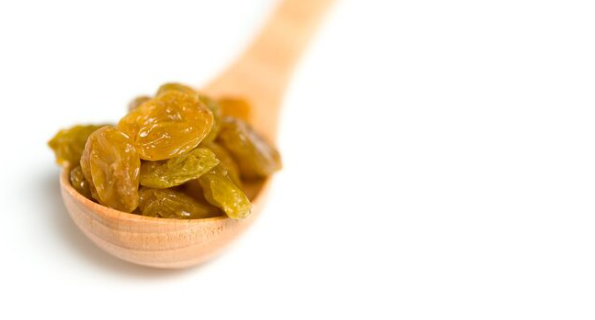Understanding Residual Sulfur Dioxide in Golden Raisins and Its Impact on Quality and Safety
Golden raisins owe their distinctive color and longer shelf life largely to the use of sulfur dioxide (SO₂) during processing. However, many bulk buyers and importers wonder what residual sulfur dioxide means and how it affects the raisins they purchase. This article provides clear insights into residual sulfur dioxide in golden raisins, explaining why it matters, how it is regulated, and what buyers should consider to ensure product safety and compliance.
What Residual Sulfur Dioxide Means for Golden Raisins
Sulfur dioxide is commonly used as a preservative in dried fruits to prevent microbial growth, browning, and spoilage. After treatment, some amount of sulfur dioxide remains trapped in the raisins, called residual sulfur dioxide. This residue helps maintain the raisin’s bright golden color and extends shelf life. However, its presence raises questions about food safety and regulatory limits.
To check the price and product details of long golden raisins , please visit the pink link.
How Much Residual Sulfur Dioxide Is Typical and Safe
Residual SO₂ levels vary depending on processing methods and storage conditions. Typically, golden raisins contain between 100 and 2,000 parts per million (ppm) of sulfur dioxide when freshly processed. Over time, the residual levels decline due to evaporation and chemical reactions. Importers should be aware that major markets like the European Union and the United States enforce maximum limits for residual sulfur dioxide in dried fruits, generally around 10-30 ppm for consumer safety.
Health Considerations Related to Residual Sulfur Dioxide
While sulfur dioxide is effective as a preservative, it can cause allergic reactions or sensitivities, especially for individuals with asthma or sulfite intolerance. Exposure to excessive levels may lead to respiratory issues or skin irritation. Therefore, ensuring that residual SO₂ remains within regulatory limits is essential for consumer safety and market acceptance.
How Residual Sulfur Dioxide Affects Raisin Quality
Residual sulfur dioxide not only preserves color but also impacts flavor and shelf life. Proper levels prevent discoloration and spoilage without imparting off-flavors. Overuse, however, can cause a noticeable chemical taste, which may reduce consumer appeal. Balancing SO₂ levels is critical for quality assurance, particularly for bulk buyers seeking consistent products.
How Bulk Buyers Can Verify Sulfur Dioxide Compliance
Testing for residual sulfur dioxide involves laboratory methods such as titration or chromatography. Reliable suppliers should provide certificates of analysis confirming SO₂ levels comply with regulations. Buyers should request these documents and consider periodic independent testing to avoid shipment rejections or health risks.
What Alternatives Exist to Sulfur Dioxide in Raisin Preservation
Some producers use alternative preservatives or natural drying methods to reduce SO₂ use. These include using ascorbic acid or controlled atmosphere drying. However, these methods may not achieve the same color retention or shelf life, which is why sulfur dioxide remains the preferred preservative for golden raisins in large-scale commercial operations.
read more: Golden Raisin Defect Types in Export Batches
Steps Bulk Buyers Should Take When Purchasing Golden Raisins
1. Verify the residual sulfur dioxide levels through supplier documentation.
2. Confirm compliance with the importing country’s regulatory limits.
3. Understand the impact of SO₂ on flavor and shelf life to set quality expectations.
4. Consider independent laboratory testing for quality assurance.
5. Explore alternative products if sulfite sensitivity is a concern for the target market.
Frequently Asked Questions About Residual Sulfur
Dioxide in Golden Raisins
What is residual sulfur dioxide?
Residual sulfur dioxide is the amount of sulfur dioxide remaining in golden raisins after processing, which helps preserve color and shelf life.
Why is sulfur dioxide used in golden raisins?
It prevents microbial growth, browning, and spoilage, maintaining the product’s appearance and safety.
Are golden raisins with sulfur dioxide safe to eat?
Yes, if residual levels meet regulatory limits, they are safe for most consumers but may affect sensitive individuals.
How can I test for sulfur dioxide in raisins?
Testing is done in laboratories using chemical analysis methods like titration or chromatography.
What are the legal limits for sulfur dioxide in dried fruit?
Limits vary by country but typically range from 10 to 30 ppm for residual sulfur dioxide in dried fruits.

